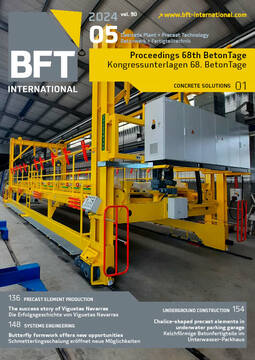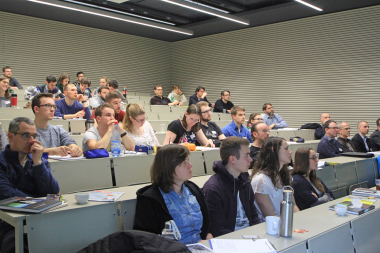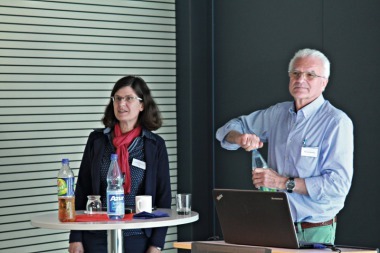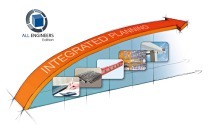Building sustainably with precast elements –
FDB design guidance
Sustainable buildings must meet environmental, economic and socio-cultural requirements while conforming to a high quality standard in engineering terms and being aligned with the processes of the construction industry. In addition, buildings should be comfortable for users while not harming their health. These long-established principles of sustainable construction should not just be limited to reducing greenhouse gas emissions in the construction phase, even against the backdrop of the socio-political goal of climate neutrality.
However, there is no one-size-fits-all solution that would meet all these requirements. In the complex process of weighing the numerous sustainability criteria against each other, deciding in favor of building with precast elements has predominantly positive effects on the sustainability of buildings. The German Association for Precast Concrete Construction (FDB) first published a design guidance document for building sustainably with precast elements (Code of Practice No. 10) in 2019. In its current revision, new priorities were set regarding climate action and resource efficiency. These include the reduction of carbon emissions through structural design, concrete mix composition, and the manufacturing process, as well as the recycling and reuse of precast elements. The new FDB Code of Practice No. 15 covers the use of recycled aggregates in precast products from the perspective of designers and manufacturers.
The FDB supports architects and structural engineers in unleashing the full sustainability potential of precast concrete construction. Important prerequisites include the early involvement of technical designers and precast producers in the design phase as well as a planning and design approach suitable for precast elements.







